THE BOOK DOCTOR
★ ★ ★ ★
KNOW YOUR MONSTERS
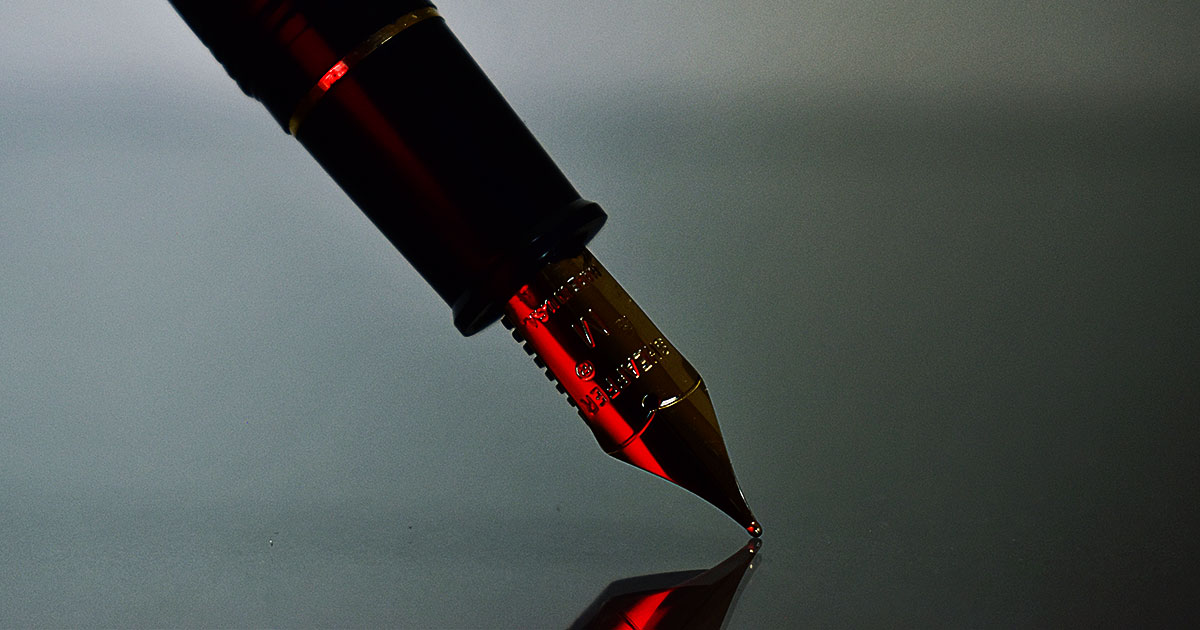
By Caroline Donahue
There is a sci-fi horror movie that came out in the 90s or early aughties, that promised to be terrifying. Tall letters on the poster screamed “INFINITE SPACE, INFINITE TERROR.” I have absolutely no idea how I was talked into seeing this film in the theater, given that I am not a big horror fan. However, see it I did and as we followed the space crew into a ship that had disappeared years before and the tension built around something absolutely bloodcurdlingly awful that had happened there, with no crew left behind to tell the tale.
I’ll admit, I was scared for a while. I was even regretting being there because I have a strong proclivity for nightmares, but then the movie made one fatal mistake.
They showed the monster.
In this case, it was video footage of some violent ritual the crew had gotten sucked into before they died, but still. To me, it looked like a bunch of people covered in ketchup. As soon as I saw the monster, I knew I’d sleep just fine.
What does this have to do with writing, you may well ask?
Everything.
We are constantly being given writing advice about how it’s essential to be specific, how writing what we know and getting it down as precisely as possible should be the desired end result. That the universal is found in the specific. I agree with this, but you also have to leave room for the reader’s monster.
Reading is a participatory act. We put words down on the page and the only colors writers get to use are black and white, unless of course it’s a graphic novel. We are confined to using just words. As Margaret Atwood pointed out, it’s the reader who brings the world to life inside their own heads. They are always going to see their own version of the scene you’ve written for them.
This is why it’s essential that there is space for them to fill in the details that are going to glue them to your story and turn their emotions up to an eleven.
How exactly do you do this? First, you’ve got to identify your monsters. Obviously, not everyone is writing horror, but you can have the equivalent of a monster in any genre. Examples include: the face of the love interest in romance, the contents of a letter or a diary in any book that includes one, and comedy routines in books about stand-up comedians.
So how do you make these things vivid and rich without describing them to death so your reader doesn’t connect? You describe the lead-up, the emotion surrounding the monster, but don’t describe the monster itself.
Let’s take this further, and add a visual reference to show you how to put this into practice.
Rock climbing.
I know — monsters and rock climbing? In a writing column? Still, hear me out.
When someone begins to climb a daunting rockface, they don’t know what the exact footholds will be that will get them from the bottom to the top. In fact, I have learned that rock climbing walls in gyms are called “problems” because you solve them by climbing them. Please don’t think that I am some expert rock climber. I went once with my husband, aka Spiderman, and I climbed for about ten minutes before collapsing. The metaphor was what endured with me.
As you work your way through the problem, there are holds in place along the way. You can put your foot on one piece and reach to grab the next one. Someone has set the problem up, but you are the one that climbs it.
This is what you do for the reader. Set up the problem, give them holds that they can relate to: the feeling of excitement before seeing the love interest, the terror of entering the haunted house, the reaction on the face of the forensic pathologist when they see the body. Then let the reader climb the image and the experience and fill in their own images so that monster is tailor made for them.
Now, I’m not suggesting you resort to bland description. Describe your holds as fully as you can so they are sharp and clear. Give us details about the audience members’ shoes as your comedian main character makes her way to the stage, the smell of beer coming from the bar, the scary laugh of a heckler in the back row. If the comedy is the monster, don’t worry about writing the routine. Give us the roar of the crowd, or the silence if it doesn’t go well. The sensation inside the narrator’s body, the thrum of her heart and the way the routine flows. But let the comedy be the monster.
If you plot out your story and decide where the monsters are and then leave room for the reader to fill in the rest, it will feel even more real to them than your telling every detail could ever create.
A ham-handed example of the face of a love interest. Compare, “He was tall, with dark hair and a face that made her want to scream into her best friend’s shoulder like they were back in high school,” with “He was tall with dark hair, well-defined eyebrows, hazel eyes and a long nose above full lips and a pointed chin. Just gorgeous.”
Which one do you relate to more? That is if you’re someone who finds men attractive. In fairness, I don’t write romance, as I’m sure you can tell from this example, but I hope it helps illustrate the concept. What the writer finds gorgeous or scary doesn’t always match the reader’s taste. But that doesn’t matter if you let them fill in their own monster.
Why do you think Friday the 13th and Halloween are such scary movies? It’s the mask. We never know what’s behind that mask. I’ll never forget that shot of the white mask emerging from the bark doorway as Jamie Lee Curtis cowers in the hallway. Terrifying.
Here’s hoping identifying your monsters and letting your readers create their own is tremendous fun, and removes some of the pressure of writing the very hardest parts of your story.
Happy monster hunting!
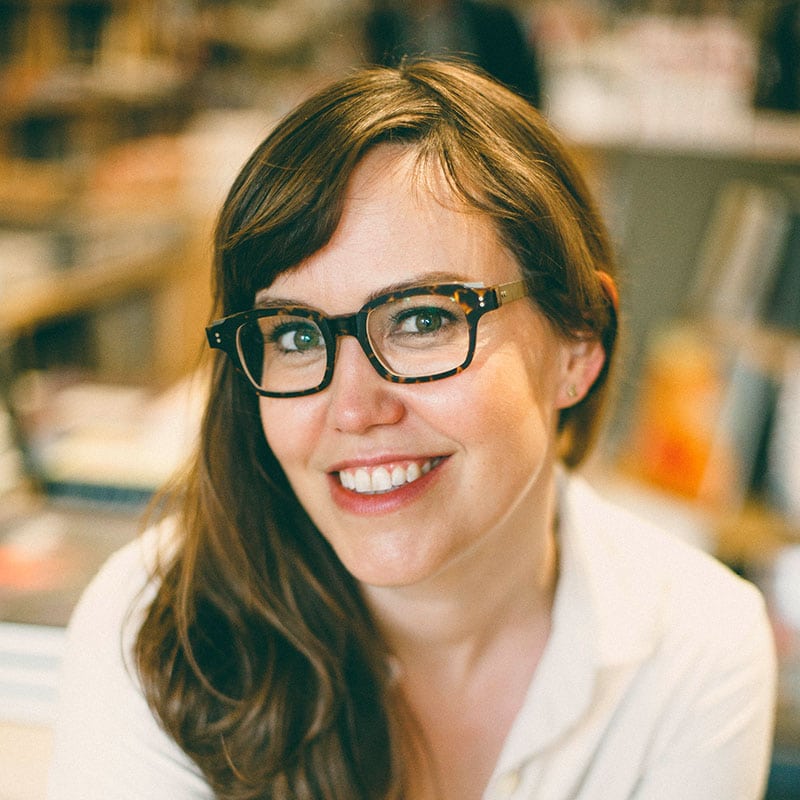
Caroline Donahue is an American writer, podcaster, and English teacher living in Berlin. She is the host of The Secret Library podcast and co-host of GTFO pod. She is the co-editor of I Wrote it Anyway: An Anthology of Essays, and the author of Story Arcana : Using Tarot for Writing. She is currently at work on her first novel. Learn more at carolinedonahue.com
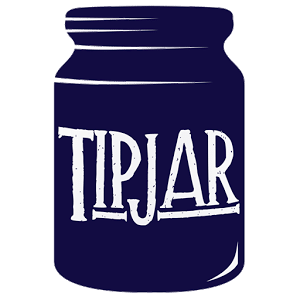
DEAR READER
At The Wild Word we are proud to present some of the best online writing around, as well as being a platform for new and emerging writers and artists.
If you have read the work in The Wild Word and like what we do, please put something in our tip jar.
THANK YOU FOR YOUR SUPPORT!

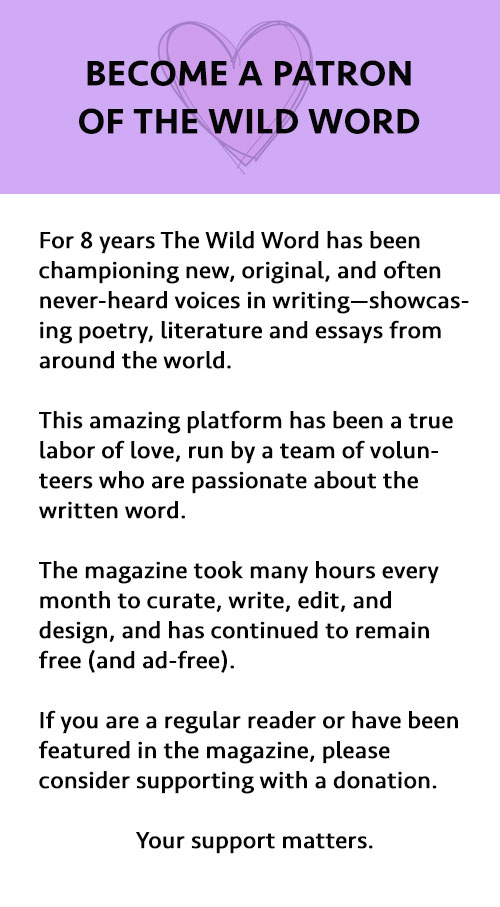



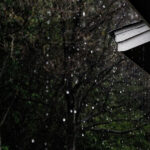

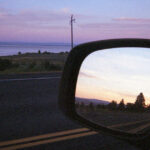








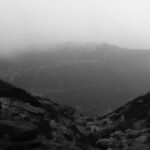

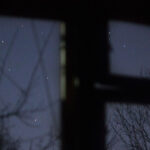
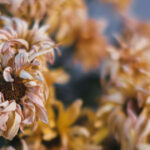

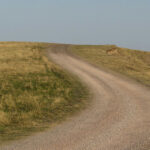


0 Comments